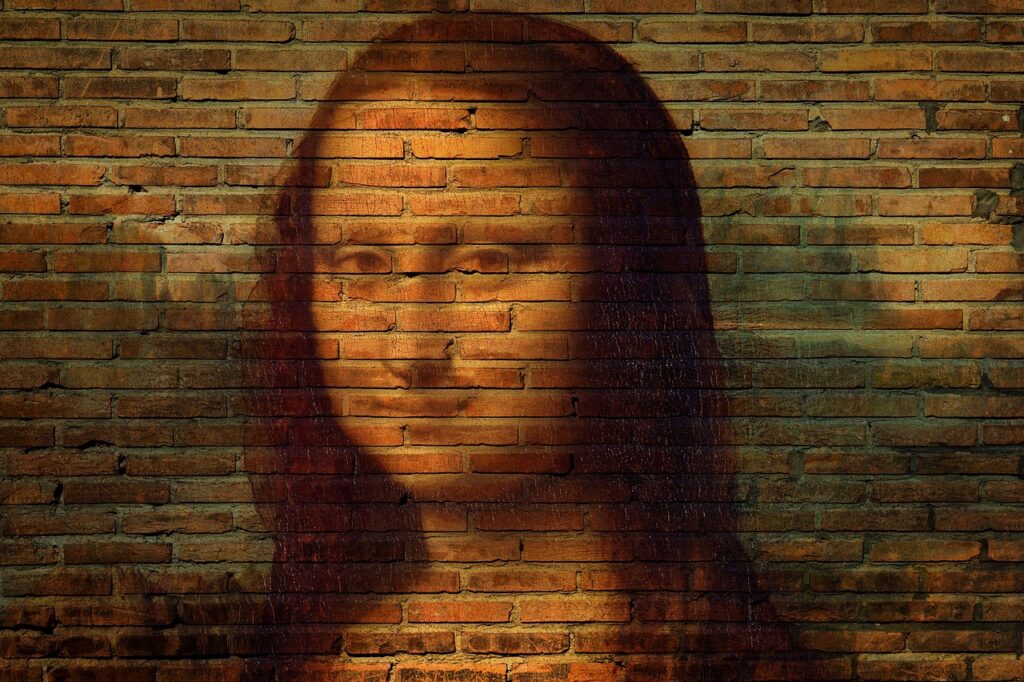
If you are looking for alternative investment options to diversify your holdings, you may want to consider investing in art. Investment-grade art is considered a reliable, long-term asset, because its worth typically remains constant over time as compared to stocks and other assets that fluctuate with the market. If you buy the right piece, its value should increase gradually year after year, independent of external events.
As with any other investment, the best strategy is to buy art when prices are low and sell when they are high. However, owning art comes with more than just financial benefits. You can display artwork in your home for you and your loved ones to enjoy. Eye-catching pieces are bound to be conversation starters whenever you entertain guests.
As you add to your investment portfolio, you will also be on an educational journey. You will discover different artists and genres, and learn how art changes throughout history.
Investing in art does have downsides. Mainly, the fact that it is non-liquid. Unlike stocks or bonds that you can quickly convert to cash, selling art is a lengthy, complicated process. The artwork will have to be professionally appraised, and you will likely have to collaborate with auction houses or art consultants to find a buyer.
Additionally, you have to be careful when you choose pieces of art for your collection. Not every pretty painting is going to qualify as an art investment.
We must stress that art should not be your primary asset. It should only represent a small portion of your overall investment portfolio. You may see some profits over time, but you cannot rely on art for consistent income or substantial returns.
Levels of Artists:

Emerging Artists — Brave investors take the risky, but sometimes rewarding, approach of buying an affordable piece from an emerging artist early in his or her career, and hoping its value will increase over time.
These newcomers are often under 40, with only a few solo or group exhibitions under their belts. Collectors typically buy pieces on the primary market (from small galleries or directly from the artist’s studio) and the proceeds go to the artists themselves. Depending on the size, a piece of art from an emerging artist can cost anywhere from a few hundred to a few thousand dollars.
Unless you are an art expert, you should consult with independent art consultants to evaluate a new artist. Factors to consider include: originality of ideas, materials, level of skill and ability, commitment to the craft, training, versatility, and current artistic trends.
Established Artists — If you want a less risky route, purchasing a work of art by an “established” or “mid-career” artist may be a better option. Their pieces will come with a higher price tag, but you will have the benefit of name recognition and consistent sales/past returns. For example, contemporary artists such as Banksy, Jeff Koons, and Damien Hirst are still creating new art, but you can see how their pieces have been valued in the past.
Old Masters — Investors with unlimited budgets have the luxury of bidding on art from artistic titans such as Monet, Van Gogh, and Picasso. If you buy pieces from top-tier “Blue Chip” artists, you can be assured of their value. Such pieces are showcased in prestigious museums, and their sales history is recorded in international indexes such as Artnet, Sotheby’s Mei Moses, and Artprice100.
Types of Art:

Originals — One-of-a-kind pieces created by an artist. Originals are the most expensive type of art, but they have the best potential for earning significant returns.
Prints or copies — Prints are copies made by the artist, one at a time. Prints are more affordable than originals, but are less likely to yield significant profits. High-quality prints, and limited editions tend to hold more value.
Reproductions — Mass-produced copies printed by machines are the cheapest and least valuable. They lack a limited run and often do not have any involvement from the artist.
Assessing Value:

You will need to rely on experts when it comes to determining the collectability of a piece of art. Even then, art valuation is very subjective.
In order to assign a monetary value, experts will examine verifiable factors such as the size and condition of the piece, the rarity (number of prints produced), and the pieces’ sales and acquisition history.
However, they will also need to take into account intangible factors such as the reputation of an artist, the importance of the subject matter, and whether the piece will have historical and cultural significance in the future.
Where to shop for art:

- Art Galleries and Museums
- Auction houses like Christie’s and Sotheby’s
- Art fairs
- Artists’ personal studios/websites
In these uncertain times, many investors are looking for safe havens to park some cash. Investing in art may be a great way to diversify your assets and mitigate risk. However, valuing art is extremely subjective, and buying and selling this type of investment requires a lot of time and expertise. We suggest you do a lot of research and consult with experts before proceeding with a purchase. Even then, you should buy a piece of art that you genuinely like and want to look at each day. Then, even if it doesn’t work out as an investment, you can still enjoy the piece for its artistic beauty.
If you are exploring other alternative investments, please read our articles Harvesting Wealth: Invest In Agriculture, Crypto Miners – An Investment Case Study, and Gold Investing 101 to get some ideas.